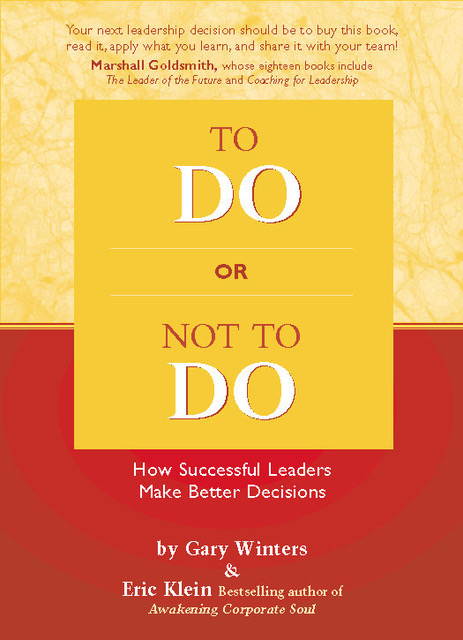One of the questions I’m most often asked is: can leadership skills be learned? The answer is an unqualified YES!
Here is an overview of choices available to the individual or organization wanting to explore leadership development:
Self-development
Some leadership skills can be addressed by working alone with self-development resources, including books, audio and video tapes, workbooks, computer-based training, etc. Most of these re-sources are convenient, inexpensive, and offer scheduling flexibility.
Formal educational programs
Colleges and universities offer a wide range of for-mal educational programs which teach leadership practices. Many leadership competencies are (finally being) ad-dressed in business schools. Formal education is a long-term leadership development process.
Mentoring or Coaching
Formal mentoring or coaching with a leader’s own manager or another resource within the organization is an excellent way to develop leadership skills. Nearly every leadership competency can be im-proved by an active mentoring process with a skilled coach. The clearer the expectations established by both the mentor and the individual seeking development, the more successful the coaching rela-tionship is likely to be.
Internal training
Many organizations offer a variety of specific programs offered by staff leadership development professionals (or external consultants hired to provide tailored training for the organization). Internal training programs usually address those de-velopment needs most often experienced within the organization. Most training (internal or external) is highly fo-cused, offering advantages of minimal time, opportu-nity for practice and fresh, contemporary perspec-tives on issues.
External training
External training is an option beyond the internal training effort. External training makes sense when nothing similar is offered internally, when leaders have specialized needs, or when time and schedul-ing is an issue (i.e. internal training will not be avail-able in time). External training can be more expen-sive and more general, but it offers the unique ad-vantage of enabling leaders to “network” with leaders from other organizations, which often means new perspectives can be brought home.
Cross Training
One way of broadening a leader’s perspective and enhance his or her skills is to cross train in other departments for short periods of time. Cross training can also be a way of putting a leader together with another who is particularly skilled in the identified area. The leader being cross-trained will get the opportunity to witness the skill being applied in the workplace.
Job Rotation
A longer version of cross training is job rotation. This is the actual transfer of a leader into another de-partment as a “permanent” job. Over an extended period, leadership skills are developed by expo-sure to business issues from several perspectives — engineering, marketing, finance, etc.
Special Assignments or Projects
Often, a leadership skill can be enhanced with a project that requires the manager to flex specific leadership muscles. For example, task teams can be excellent ways to develop problem analysis skills. These projects are normally short-term, and are most helpful if another leader, skilled in the identified area, acts as a coach for the manager being developed.
Corporate or other divisional exposure
Sometimes, the best way to development leadership skill is to widen the leader’s perspective with corporate or other divisional exposure. This can help a leader see other ways business issues are be-ing addressed and get a sense of the “bigger pic-ture.” It can be an excellent method of improving customer service/quality skills as leaders go di-rectly to their customers.
More time on present job with a specific focus
Sometimes, leadership skills are best addressed by continued “seasoning” on the job. For instance, a leader may want to develop skills used to conduct effective team meetings. Coupled with formal training and/or mentoring, the leader can plan to focus on his or her meetings over a period of several months with a deliberate effort to employ skills first learned in the training or from the mentor. This developmental option will only succeed if the fo-cus is maintained as a conscious, deliberate effort.
Can leadership skills be learned? Yes!
If you’d like help crafting a personal leadership development program, or installing a leadership development academy in your organization, give me a call.







